Bikeshare use in New York City dropped substantially during the initial months of the COVID-19 pandemic, but by summer of 2020 had largely recovered to pre-pandemic levels. The patterns of usage, however, have changed.
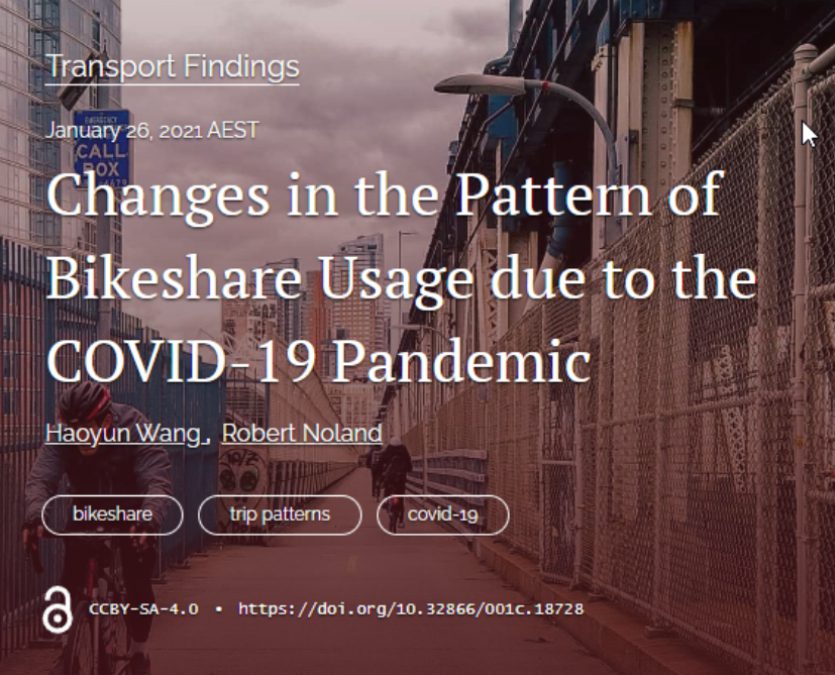

Bikeshare use in New York City dropped substantially during the initial months of the COVID-19 pandemic, but by summer of 2020 had largely recovered to pre-pandemic levels. The patterns of usage, however, have changed.
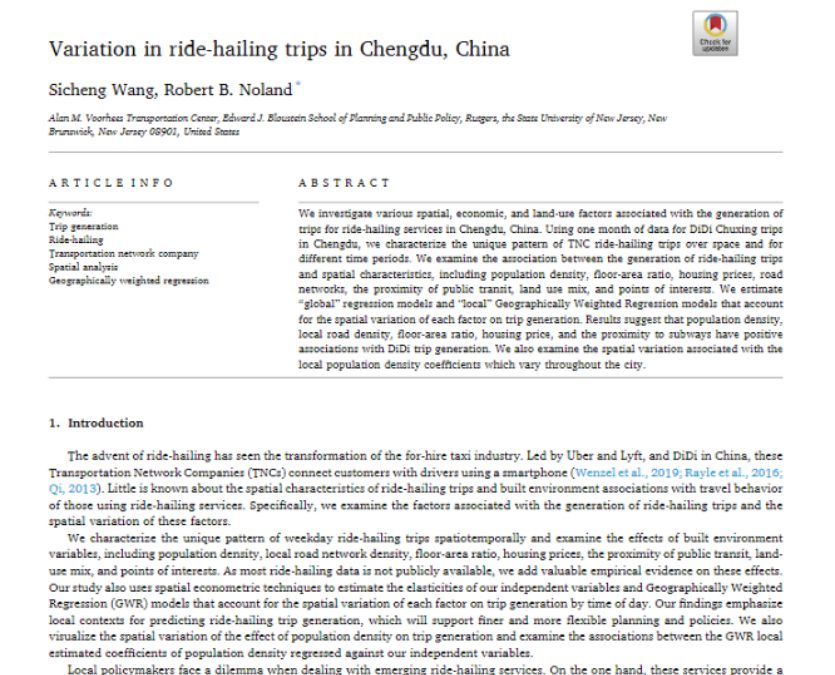
A new paper looks at the elasticities of demand for ride-hailing service provider DiDi in Chengdu, China.
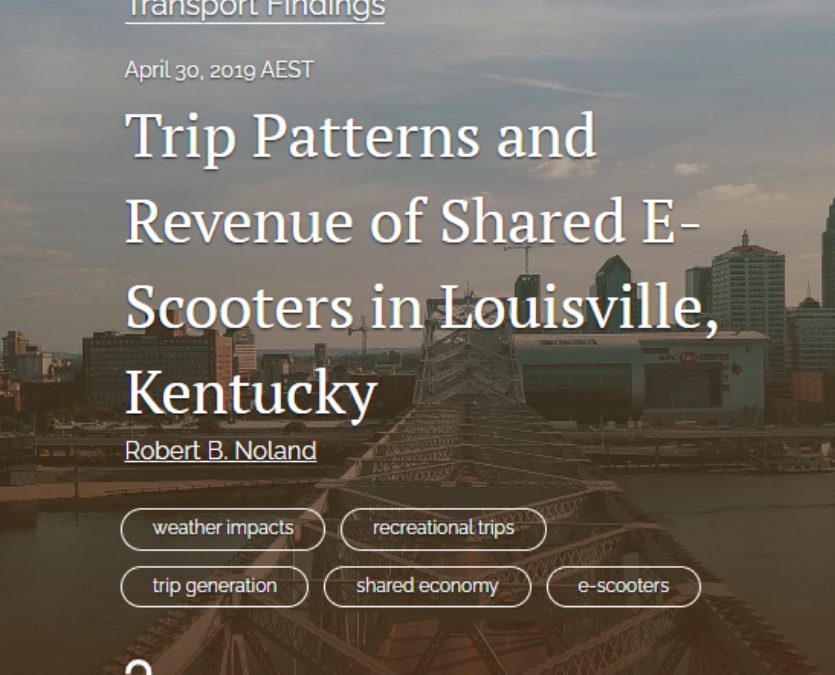
Data on shared e-scooters in Louisville, Kentucky are analyzed.
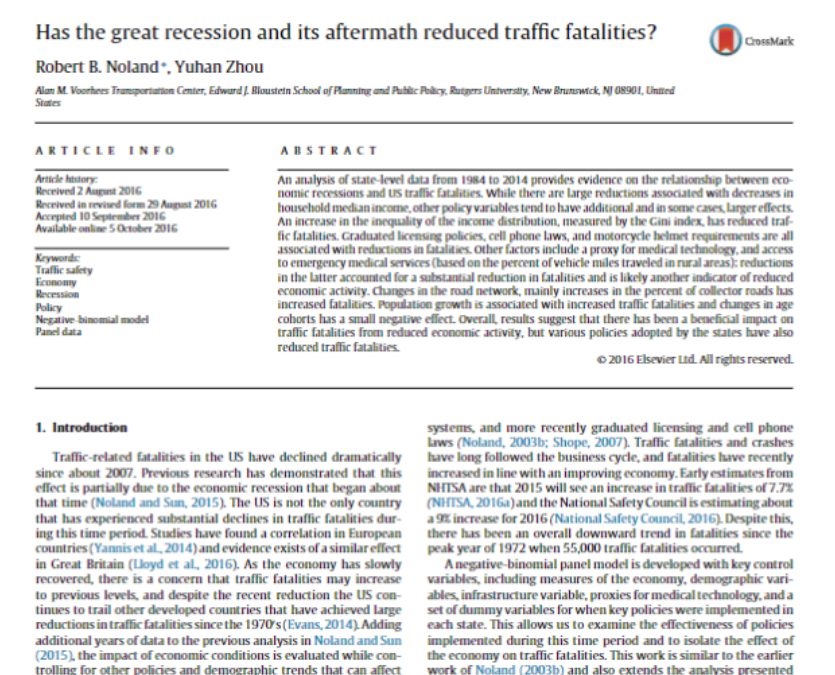
An analysis of state-level data from 1984 to 2014 provides evidence on the relationship between economic recessions and US traffic fatalities.
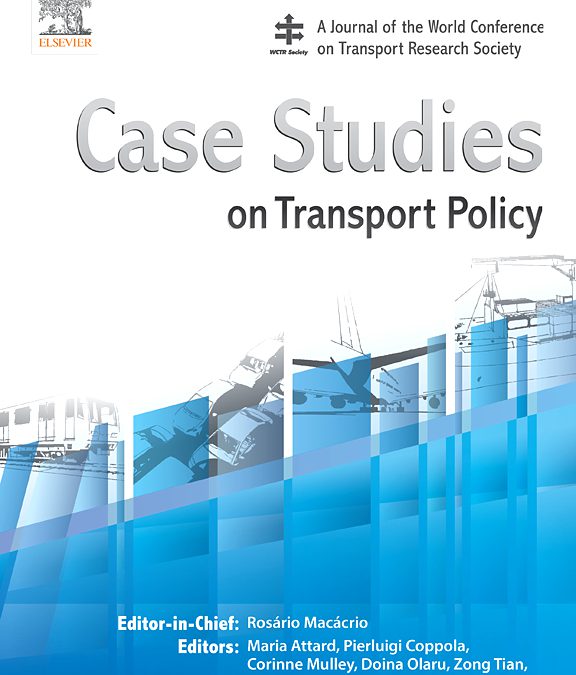
A response to the six points made by Le Vine and conclude with a brief critique of existing practice.
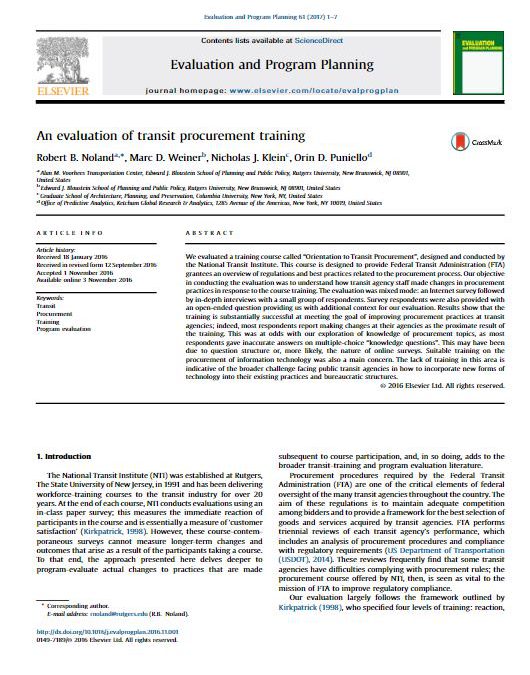
We evaluated a training course called “Orientation to Transit Procurement”, designed and conducted by the National Transit Institute.
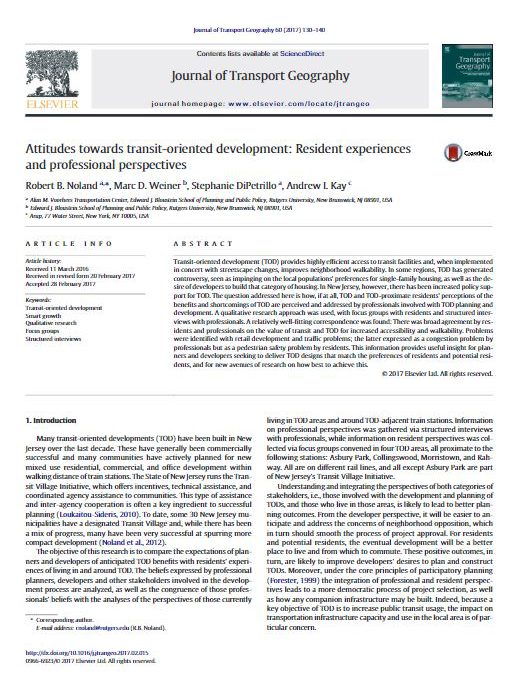
The question addressed here is how, if at all, TOD and TOD-proximate residents’ perceptions of the benefits and shortcomings of TOD are perceived and addressed by professionals involved with TOD planning and development.
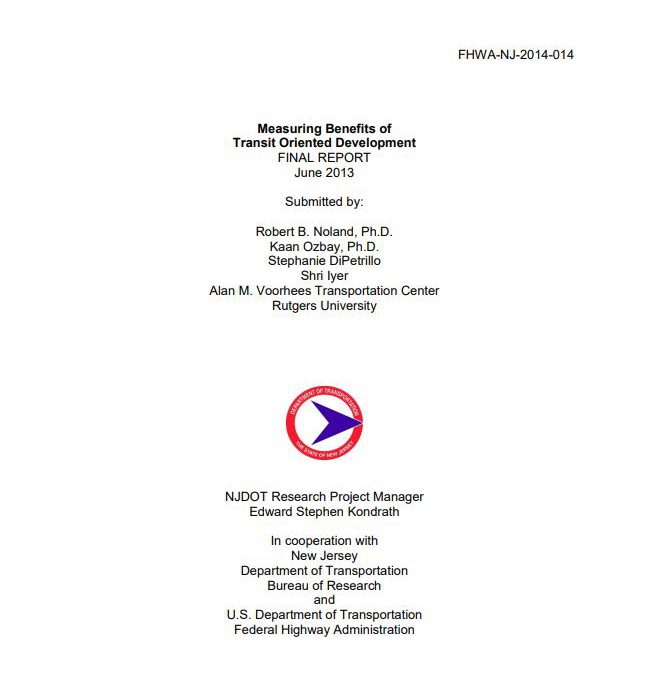
This study provides an overview of the beneficial impacts of transit-oriented development – compact, mixed-use pedestrian land uses within walking distance of transit stations.

The analysis presented here examines the frequency of using these modes of travel for those living in TODs and proximate to a train station versus those living more distantly.

The analysis presented here is of a candidate road diet conversion site, Livingston Avenue in New Brunswick, New Jersey, an oversized arterial corridor accessing the center of the city.
Most locations across the world have a large un-tapped pool of people who do not bike at all and an even larger pool who do not bike for transportation. To increase cycling, we must better understand this group and the reasons they do not ride. I propose a new theory...
Though data on fatal crashes are available through the Fatality Analysis Reporting System (FARS) and are readily available to the public, many states do not make their crash data (including injuries) easily accessible for the public and the research community. The...
Trail networks enhance community well-being, providing accessible options for walking, biking, and rolling while promoting sustainability and economic vitality. In New Jersey, investing in trails and shared-use paths supports mobility, safety, and environmental goals,...
This report examines the relationships between the characteristics of transit-oriented development (TOD) and (1) the use of transit and non-motorized modes (walking, cycling, scooting) and (2) local shopping behaviors and behavioral changes during and after the...